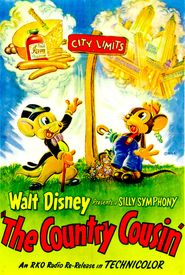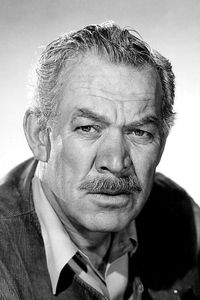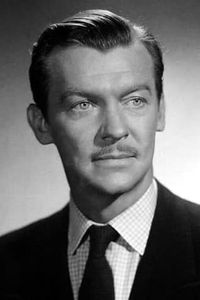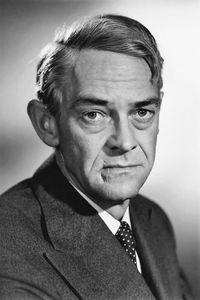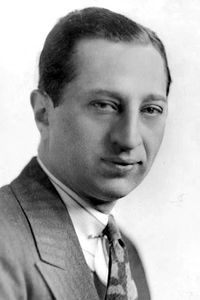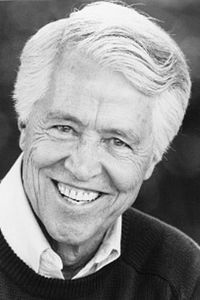Ferdinand Horvath's formative years were spent in the picturesque landscape of Hungary, where his father, a successful entrepreneur with a thriving business in the lucrative liqueur and pastry trade, initially harbored aspirations for his son to follow in his footsteps and assume control of the family operation.
However, Horvath's own interests and passions lay elsewhere, and he instead opted to pursue a higher education in the esteemed field of Fine Arts, making the bold decision to relocate to the City of Light, Paris, France, a move that would ultimately shape the course of his life and artistic trajectory.
As the outbreak of the First World War suddenly and unexpectedly occurred, Horvath made the decision to return to his native Hungary in order to fulfill his mandatory military service obligation, which he had thus far been able to evade.
Upon his arrival in Hungary, Horvath was promptly captured by the Russian army, which had by then invaded the country, and was subsequently imprisoned for a period of two and a half years.
During the entirety of his captivity, Horvath found solace in his writing, and it was during this time that he penned a book titled "Captured", a work that would later be published in 1930.
As Horvath embarked on a treacherous odyssey, he finally managed to break free from his confinements and re-enter the fray in the city of Budapest. This marked a pivotal moment in his life, as he would soon find himself entwining his personal and professional paths by exchanging vows with his beloved in the year 1920.
Despite his best efforts to establish a sustainable livelihood through his artistic pursuits, including drawing and painting, Horvath ultimately came to realize that his true aspirations lay beyond the borders of his homeland. Thus, he made the bold decision to emigrate to the United States, a move that would forever alter the trajectory of his life.
In the year 1921, a significant event took place in the life of Horvath, as he and his wife made the bold decision to relocate to the bustling metropolis of New York City. Upon arrival, Horvath faced a daunting challenge as he endeavored to find stable employment as a window painter, a profession that had previously been his vocation. However, his perseverance and determination ultimately paid off, as he managed to secure a position at the renowned studios of Paul Terry, a prominent figure in the world of animation.
As his career progressed, Horvath's talents as an illustrator began to flourish, and he eventually transitioned to a freelance capacity. During this period, he devoted himself to producing a series of five illustrious collections of illustrations, each one inspired by traditional tales that had been passed down through the ages. The creation of these masterpieces spanned a period of approximately two years, from 1929 to 1931, and served as a testament to Horvath's remarkable skill and artistry as an illustrator.
Next person biography:
Noted artist Horvath's professional trajectory underwent a meteoric ascent, as his captivating watercolors, skillfully executed ink drawings, and intricately crafted miniatures garnered widespread attention, ultimately culminating in a prestigious exhibition at the iconic Waldorf-Astoria establishment.
In 1933, Horvath's remarkable talent and unique style caught the eye of the visionary Walt Disney, who extended an invitation for the artist to join the esteemed Disney Studios. This momentous occasion marked the beginning of a fruitful collaboration between Horvath and Disney, with the latter being particularly enamored with the artist's imaginative and whimsical anthropomorphic animal designs.
Béla Horvath's cinematic career was marked by a series of captivating short films, among which "Old King Cole" and "Silly Symphonies" stood out, as he brought a distinctly European aesthetic to the Disney company's productions, infusing them with a fresh and innovative perspective.
Despite his initial six-month contract with Disney, Horvath's exceptional talent and dedication led to its extension to a remarkable four-year period, during which he continued to make significant contributions to the studio's output.
However, this extended stay in California ultimately proved to be a significant challenge for Horvath's personal life, as his wife was unable to relocate with him, resulting in a prolonged period of correspondence between the couple, with Horvath providing his wife with vivid descriptions of his daily experiences at the Disney studios, offering a unique glimpse into the inner workings of the iconic animation company.
During the sizzling summer months of 1934, a pivotal period in the illustrious career of Horvath, he embarked on a creative endeavor of monumental proportions, dedicating himself to the development of character studies and designs for the groundbreaking animated masterpiece, "Snow White and the Seven Dwarfs." Concurrently, he lent his artistic expertise to other significant projects, including a series of enchanting short films that showcased the inimitable Mickey Mouse and the whimsical Silly Symphonies. This remarkable collaboration with Walt Disney would ultimately come to a close in 1938, as Horvath parted ways with the renowned animation studio, having played a crucial role in the production of the aforementioned "Snow White and the Seven Dwarfs."
After his initial stint, Horvath went on to join the esteemed ranks of Screen Gems, a subsidiary of the illustrious Columbia Pictures, where he contributed his creative talents to the development of "Krazy Kat" and "Color Rhapsodies".
Following the conclusion of World War II, Horvath made the significant decision to relocate to the vibrant city of Hollywood, where he settled down with his loving wife.
Together, the couple embarked on a new entrepreneurial venture, opening a store that specialized in the sale of intricately crafted wooden toys, exquisite porcelain objects, and charming birdcages.
During the 1950s, the family relocated to the picturesque town of Westminster West in the state of Vermont, where they successfully marketed their products through the mail-order system, marking a significant milestone in their entrepreneurial journey. Subsequently, they returned to their home state of California, specifically settling in the affluent and popular desert resort city of Palm Springs, where they would eventually spend the remainder of their days. Unfortunately, Ferdinand Horvath's life came to a close in November 1973, leaving behind a lasting legacy and a testament to his resilience and determination.



